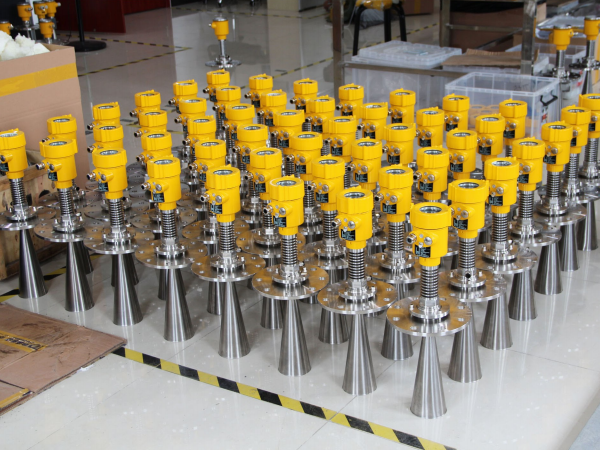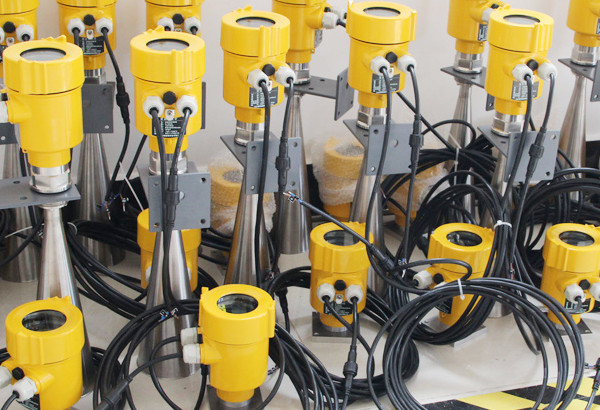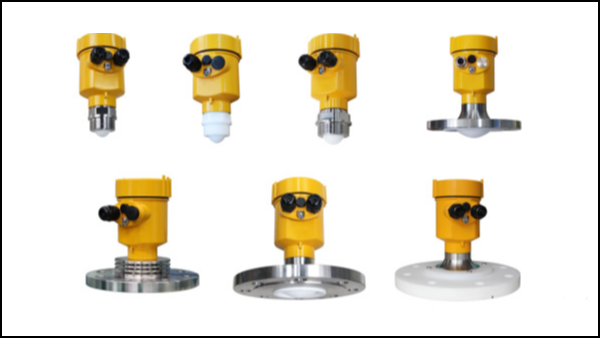In the cement production process, from mining and crushing to the storage and distribution of finished cement, level monitoring, and level alarm control have an important role. However, due to the complex working condition of the cement plant, the radar level meter has no small difficulties in measurement, today we talk about the specific difficulties and solutions.

Firstly, the level measurement in cement plants is mostly carried out under particularly dusty working conditions, especially in some pneumatic feeding silos, which involve many kinds of materials, different sizes of material particles, and different dielectric constants, such as crushed limestone, raw materials, clinker, fly ash, coal dust, finished cement, etc. It is very difficult to make accurate level measurements in these silos, especially in the low dielectric constant fly ash silos.
Secondly, in cement production, another difficulty encountered in level measurement is the strong dust interference, especially in the silo of pneumatic conveying powder, when adding material, the dust is flying and the visibility is low, so the laser level meter and high energy ultrasonic level meter can not be measured, although the radar level meter can receive part of the material surface echo at this time, the echo signal is also weakened. In addition, the uneven surface of the material caused by the refraction of the radar echo will also lead to the radar can not receive the echo of the situation; In addition, there are some from the bottom to fill the silo conditions, so that the material surface is loose, the material level measurement more difficult.

So what can be done in the face of these difficulties?
In strong dust conditions, on the one hand, you can choose a radar with higher emission energy, on the other hand, you can choose a measurement software with a lost wave waiting for a continuous measurement algorithm.
When the radar encounters strong dust, even if the radar loses wave for a short time, it will not lead to misjudgment of measurement results.
After entering the continuous measurement algorithm state, if the real material surface reflected wave can be identified within the set waiting time, the correct material surface measurement value can be obtained.
Previously, this function only individual foreign radar, but now there is also domestic radar with this function, and the actual application effect is very good.

In addition, some silos in a cement plant are very high, such as the 50m homogenization warehouse, so it is time-consuming and labor-intensive to go up to the high silo to debug the radar.
In the central control room, you can complete the setting of the basic parameters such as the range, observe the radar echo waveform, and can conduct remote diagnosis and debugging through the waveform, which greatly reduces the staff’s on-site work intensity and avoids the risk of ascending to high operation.
At present, the intelligent radar level meter often used also has a function similar to a “driving recorder”, that is, when a sudden change in the material surface occurs, it can capture the radar echo waveform at that time, which is very useful for debugging complex working conditions of the silo.
